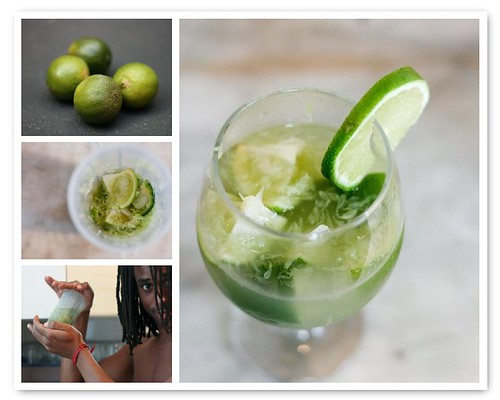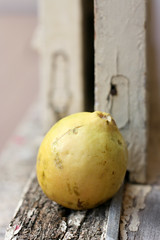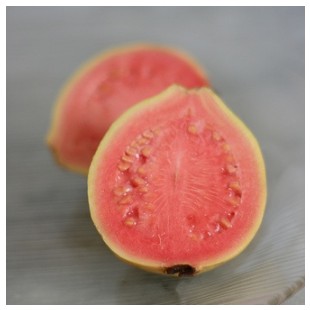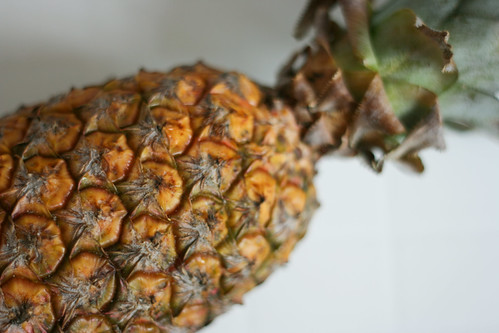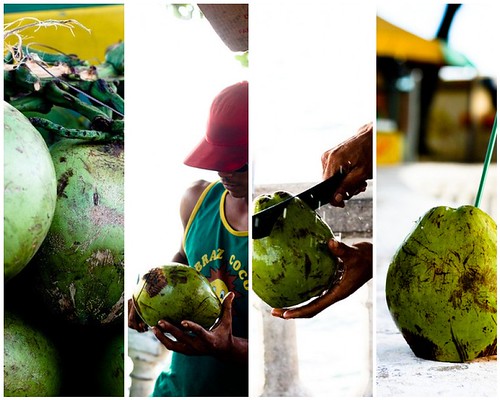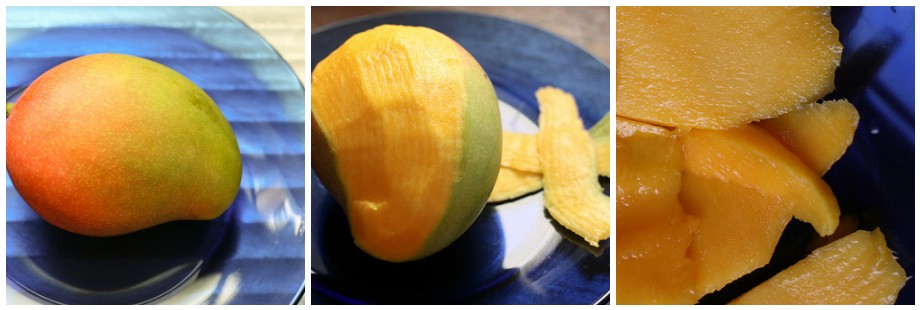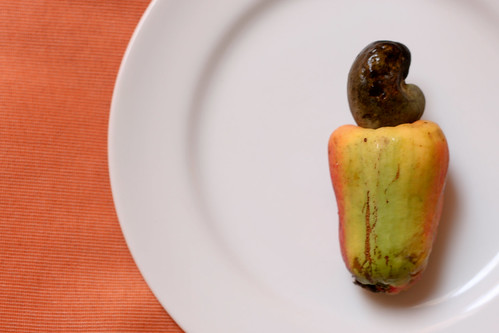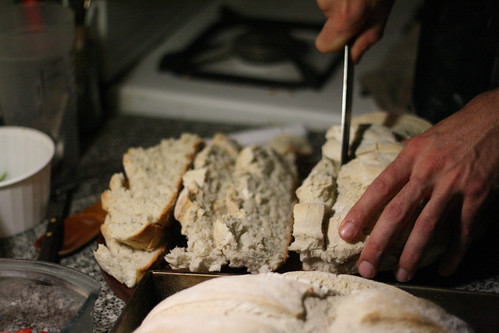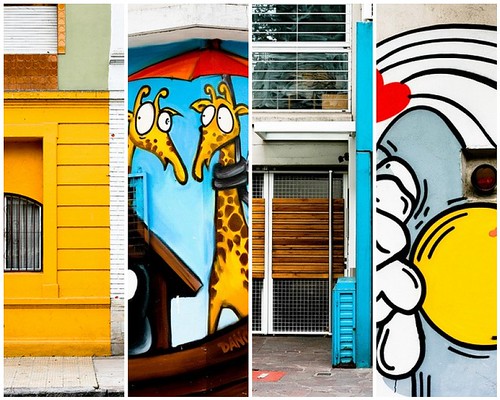One of my most favourite things about Buenos Aires is that everyone kisses everyone here. It's like a handshake or a casual wave, only it's always a cheek-kiss; right-cheeks, please. And absolutely everyone does it, everywhere, to say both hello and goodbye. At the gym, big muscly guys greet each other with a kiss. It's how I say hi to my trainer, Adrián. (I'm not complaining; it's the closest I'm going to get to making out with a 24-year-old again in this lifetime.) When we had our party a couple of weeks ago, whenever someone new showed up, it took him or her 10 minutes to make their way around the room, smooching everyone up. Just this week, I went to a spinning class*, and as I was setting up my bike the instructor came over and greeted me with a kiss. And our really really awesome Spanish teacher, Sofía, signs all her emails "un besote". Beso = kiss, and besotee is a littleBIG BIG kiss (per Sofía, who just corrected me on this important matter) - which happens to be my favourite kind.
On Wednesday we went to dinner with Sofía and a bunch of other teachers and students from her school. The "restaurant" at which we dined is a puerta cerrada or closed-door restaurant, a phenomenon pretty common here in Bs.As. It's like going to a dinner party that you pay for (the restaurant is really someone's apartment). Usually a puerta cerrada restaurant is only open 2-3 nights/week, and is by reservation only. In fact, when we visited Bs.As. in 2007 we dined at an excellent puerta cerrada called Casa Felix that had just then been noted in the NYTimes.
Anyway, on Wednesday we went to ¿Dónde me trajiste? which translates to "Where did you bring me?" - so named because the restaurant/apartment is on a quiet street and doesn't have any signs outside to indicate that you might be in the right place. We had a lovely meal of red-pepper and eggplant bruschetta (served on the bread of my dreams, seriously, if I ever find the source of that bread I will need more than spinning classes to save me), homemade pasta with a rich olivey sauce, and a panqueque (crêpe) filled with apples and served with perfectly-whipped cream. We were treated to the guitar-and-vocal stylings of Tango not for export con la Orquesta Onírica, and their invited guest, Pablo Fayó.
All this, with wine and fellowship, ran us only 50 pesos (around $15) each! Oh, and totally worth the cost of entry was sitting beside Ceci (one of Sofía's co-teachers) and learning that her best friend (also named Ceci - confused yet?) lives in - get ready! - WATERLOO. Yes, that Waterloo. El mundo es chico, indeed.
*I actually went to 5 spinning classes this week (dig my bad self!), which was a direct result of Adrián making me weigh myself on Monday morning. Let's just say, I guess it doesn't matter how many vegetables you eat if you slather them in dulce de leche.
P.S. Having my own puerta cerrada, wherever we may end up, is my current #1 dream. Dare I say goal? OK, I'm going to say it. It's my #1 goal. Hello, Universe!
 Do you know why the cover of R.E.M.'s album "Green" is orange?
Do you know why the cover of R.E.M.'s album "Green" is orange?  I'll give you a hint: laranja is Portuguese for orange, and these are laranjas Bahía, or Bahían oranges. They're also called laranja peras, which means orange pears. Guess what's inside!
I'll give you a hint: laranja is Portuguese for orange, and these are laranjas Bahía, or Bahían oranges. They're also called laranja peras, which means orange pears. Guess what's inside! The laranja Bahía isn't the most amazing orange I've ever eaten - it's a little bit dry, not all that sweet, and doesn't have a super-strong orange flavour. But I love this fruit, because it's oh-so-pretty and orange.
The laranja Bahía isn't the most amazing orange I've ever eaten - it's a little bit dry, not all that sweet, and doesn't have a super-strong orange flavour. But I love this fruit, because it's oh-so-pretty and orange.





